Get To Know Fallon County
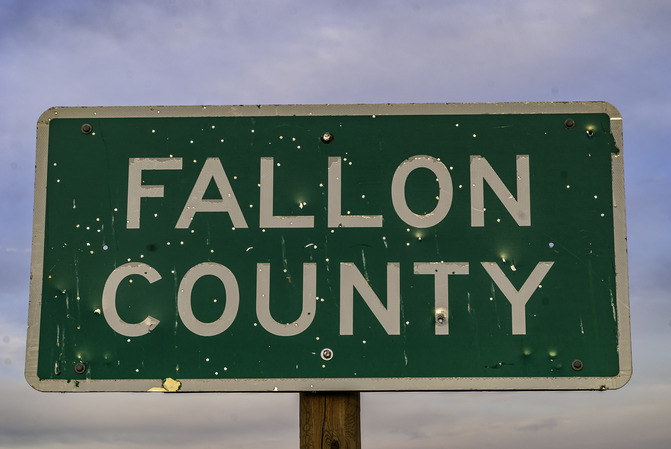
On December 19th, 1913, the Montana Legislature took the southeastern portion of Custer County to create Fallon County, the fourth and last county created that year, and the thirty-fifth county in the state. Over the next six years, the Legislature would reduce Fallon County's size to create Wibaux, Prairie, and Carter Counties. Today, the County covers 1,623 square miles, placing it in 45th place. The 2020 US Census counted 3,049 residents in the County, or 42nd in the State. The County takes its name from Benjamin O'Fallon, an Indian Agent and nephew of William Clark, leader of the Corps of Discovery, better known as the Lewis and Clark Expedition. Despite calls to the Fallon County Library and Baker's O'Fallon Museum, I have been unsuccessful in finding out why the O' disappeared when the County took its name.
Every history I’ve found for Fallon County begins in 1908. That is when the Chicago, Milwaukee, St. Paul and Pacific Railroad crossed the state line from North Dakota, bringing first workers building the line and then settlers. This date, of course, neglects any mention of indigenous people who may have lived in the area. Surely both Crow and Dakota must have hunted the area’s hills.
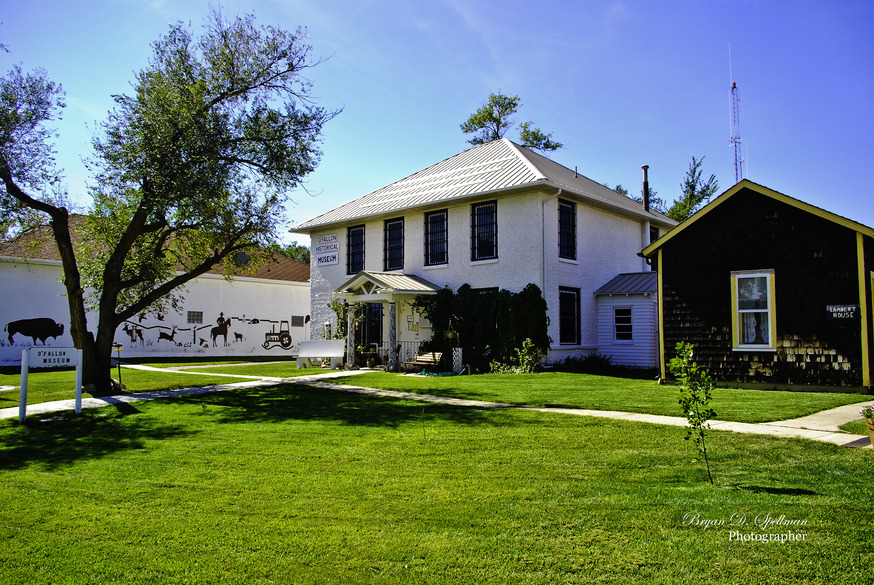
After the railroad pushed on westward, things changed rapidly for this southeastern Montana area. 1908 saw the birth of Baker, and 1909 Plevna. 1912’s discovery of oil and natural gas added to population growth, so that by 1920, the first census after the County’s creation, and after it lost land and people to new counties, 4,548 people were living here. The 1930 census was Fallon County’s high, at 4,568, and the count has trended down on a roller coaster ride ever since.
For an in person study of Fallon County’s history, be sure to visit the O’Fallon Historical Museum, 718 E. Main Street, in Baker. The Museum’s offices are located in the original county jail, a building on the National Register of Historic Places. Several other buildings on the campus house a variety of exhibits, including the taxidermied body of Steer Montana, at almost 4,000 pounds, the largest steer on record. Baker, the only incorporated city in the County, takes its name from A.G. Baker, an engineer on the Milwaukee Road. With the creation of Fallon County, four communities vied for the privilege of becoming the seat. That honor originally went to Ekalaka, but a drawn out and particularly bitter campaign ended when the State Supreme Court ruled in favor of Baker. Today, the city is home to 1,802 residents almost 60% of the County’s people.
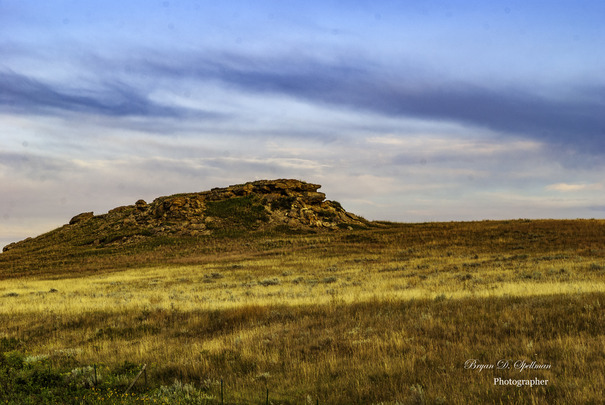
Plevna, the only incorporated town in the County, lies twelve miles west of Baker on Highway 12. Another child of the Milwaukee Road, the town got its name when a group of rail workers from Bulgaria named the town for a community in Bulgaria, Pleven (Плèвен), today one of Bulgaria’s largest cities. Ironically, the name comes from the Slavik word for ‘barn.’ I would guess that our Plevna is the only Montana community with a Bulgarian name.
Five other “unincorporated communities” are scattered around the County. Today, these are little more than wide spots in the road, but at one time all had a school, a post office, and even a baseball team.
Cabin Creek today is home to the Williston Basin Interstate Pipeline gas compressor station. It lost its post office in 1931. Ollie, near the North Dakota line, is another railroad town—this time the Northern Pacific. Its post office was open from 1911 to 1955.
Webster, in the southeast corner of the County, got its post office in 1911. Upstairs there was a dance hall. The “town” also had a Catholic Church. Successive years of drought killed the town. Today, Westmore is a ghost town northwest of Plevna along the old Milwaukee tracks. Its post office was open from 1910 to 1942.
Willard, south of Baker on Highway 7, lost its post office in 1995, but it still has its own Zip Code. A 1950s Montana Atlas map shows several other communities that no longer exist, including Calumet, Dodge, Kingmont, Knobs, and Tonquin. None of these “towns” appear on my DeLorme Montana Gazateer and Atlas, with the exception of a railroad siding named Kingmont on the Burlington Northern (BNSF) southeast of Baker.
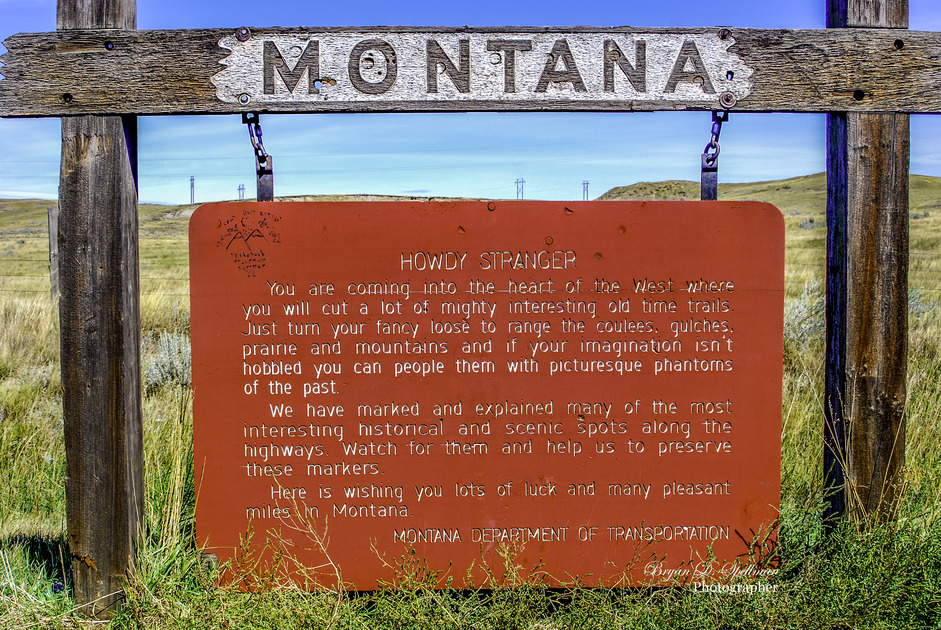
Just as the Milwaukee Railroad was responsible for the settling of Fallon County, so too was it responsible for the existence of Baker Lake. Needing a water supply for its steam locomotives, the railroad took advantage of a natural dam and created a 93 acre lake. One hundred ten years later, the lake's volume doubled after a force EF-3 tornado deposited much of one Baker neighborhood in the lake. The subsequent clean up and restoration increased the depth of the lake, nearly doubling its volume. It took 31,200 truckloads to remove all the debris from the lake. Or in more visual terms, if the debris taken from the lake were piled on a football field, the pile would reach 300 feet in height.
Of course the Milwaukee Road no longer serves Fallon County, nor indeed anywhere in Montana, and the lake has become a prime recreation spot. The Baker Chamber of Commerce’s website has this to say about the lake and other recreational activities;
“Baker offers a variety of year round activities. Our vast prairie is perfect habitat for big game hunting such as mule deer, white tail deer and antelope; and also game birds such as pheasants. Make Baker Lake, located in Baker, your destination. There are public docks to put your boat in for skiing, fishing, and boating. Several parks surround the lake where you can enjoy a beautiful summer day on the lakeshore swimming and picnicking. Overnight camping is allowed with prior communication to the Parks Department (406)778-8116. Basketball and sand volleyball courts are nearby as well as a picnic pavilion equipped with tables, grills, and restrooms to accommodate any gathering. Baker also boasts Lakeview Country Club, a nine-hole golf course with full amenities. Annual events in the Baker area include Baker Jam Basketball Tournament, Classic Car Show, Bump n' Run Races, Fallon County Days, Fallon County Fair, Crazy Days, Christmas Stroll, Coyote Calling Contest, just to name a few. Visit the Baker Chamber of Commerce and Agricultures website www.bakermt.com for a complete listing of events.”
Personally, not sure what a “Bump ‘N Run Race” is, I want to attend the Coyote Calling Contest.

I’ve been researching county histories in Montana and other states for almost twenty years. The funniest story I’ve come across concerns a California woman visiting Baker in 1960. Having learned that Baker had a golf course, she headed out to get in her nine holes. Now the first thing you must remember is that by law all of Montana is “Open Range.” This means that if you don’t want cows in your yard, it’s up to you to fence them out. The powers that be at the Baker golf club decided it was easier to fence each individual fairway, rather than fencing the entire course. To approach the tee, you first had to crawl under the fence. Similarly, after sinking your ball in the hole, you had to crawl under the fence and repeat the process at the next tee. The woman, no doubt dressed in her finest 1960 California golf togs, arrived at the course where her car was immediately surrounded by cattle. Faced with this “cattle trap,” she decided to forgo her day of golf, and never even got out of her car. I can only imagine the stories she had to tell once she returned home.
Driving through Fallon County in 2007, I turned south at Plevna and followed a red dirt road through lucious red colored hills. Camping at South Sandstone Reservoir, I spent the night wondering if my tent, with me in it, would blow into the lake. When I returned in 2011, I found Baker to be a pretty town with friendly people. My visits have left me convinced that should you venture to this remote part of Montana, you, too, will come away impressed. Fallon County has a lot to offer.
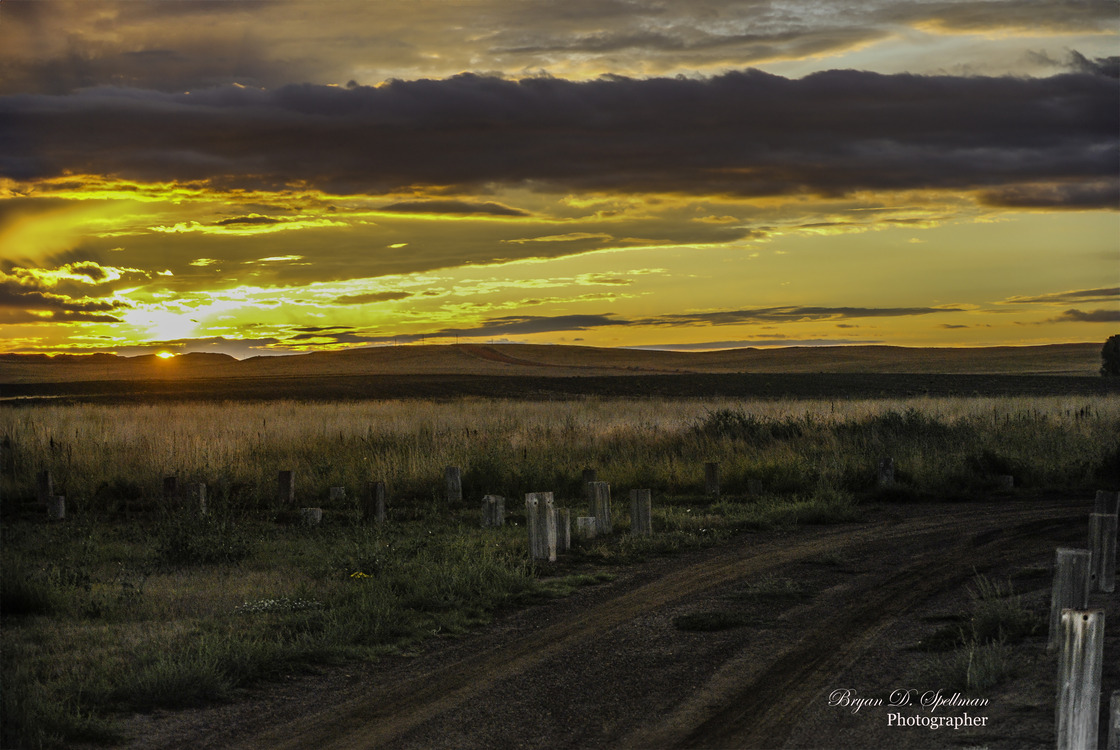
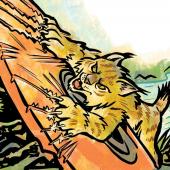

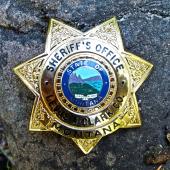

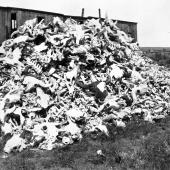
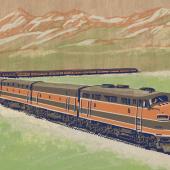






Leave a Comment Here